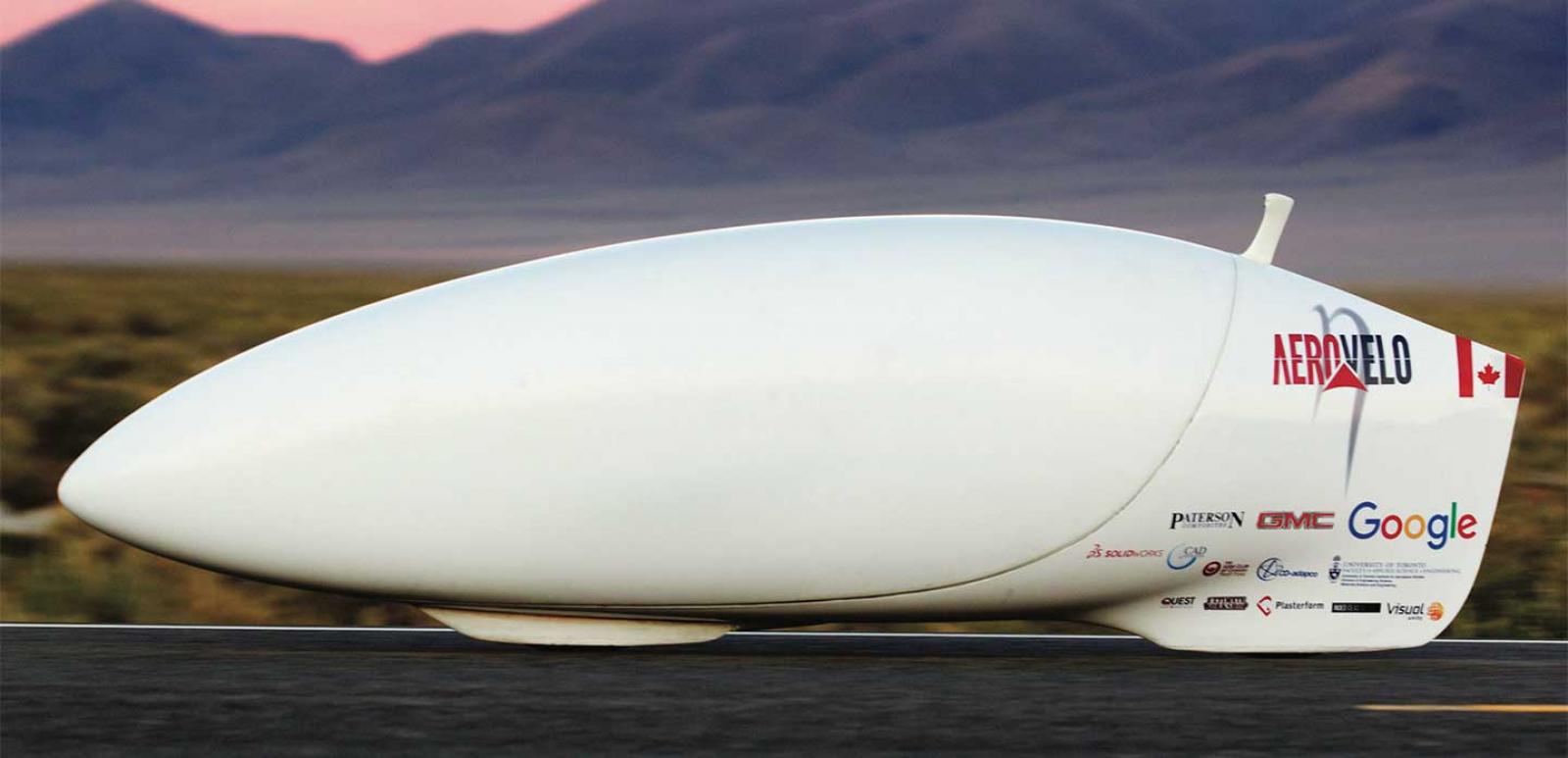SOLIDWORKS 2023 optimises your product development process, enabling you to get more done in less time, with the ability to freely iterate and enhance designs, while creating high-performing, high-quality designs refined to the highest possible degree.
Invenio is an authorised SOLIDWORKS reseller in Australia and New Zealand.

Flow Simulation
SOLIDWORKS Flow Simulation is a general-purpose fluid flow and heat transfer simulation tool integrated with SOLIDWORKS 3D CAD. Capable of simulating both low-speed and supersonic flows, this powerful 3D design simulation tool enables true concurrent engineering and brings the critical impact of fluid flow analysis and heat transfer into the hands of every designer. In addition to SOLIDWORKS Flow Simulation, designers can simulate the effects of fans and rotating components on the fluid flow and well as component heating and cooling.
Benefits
- Evaluates product performance while changing multiple variables at a rapid pace.
- Reduces time-to-market by quickly determining optimal design solutions and reducing physical prototypes.
- Enables better cost control through reduced rework and higher quality.
- Delivers more accurate proposals.
Feature Comparison
Flow Simulation
HVAC
Module
Electronics Cooling Module
Ease of Use
SOLIDWORKS Simulation is fully embedded in SOLIDWORKS 3D CAD for ease of use and data integrity. Using the same user interface (UI) paradigms as SOLIDWORKS with toolbars, menus, and context-sensitive right-click menus, ensures rapid familiarization. Built-in tutorials and searchable online help aid learning and troubleshooting.
Design Data Reuse
SOLIDWORKS Simulation supports SOLIDWORKS materials and configurations for easy analysis of multiple loads and product configurations.
Multi-Parameter Optimization
Conduct an optimization study for more than one input variable using Design of Experiments and Optimization parametric study. Run a calculation of design points and find optimum solutions.
SOLIDWORKS Flow Simulation Capabilities
- Compressible gas/liquid and incompressible fluid flows
- Subsonic, transonic, and supersonic gas flows
- Ability to take into account heat transfer by conduction in fluid, solid and porous media. Could be with or without conjugate heat transfer (Fluid-Solid) and with/without heat resistance (Solid-Solid).
Material Database
SOLIDWORKS Flow Simulation: A customizable engineering database enables users to model and include specific solid, fluid, and fan behaviors.
Internal
Calculate the impact of fluid flow through your product.
External
Calculate the impact of fluid flow around your product
2D – 3D
By default, all calculations are on a full 3D domain. Where applicable, simulations can also be carried out in a 2D plane to reduce run time without effecting accuracy.
Heat Conduction in Solids
The calculation of temperature change in the product’s solid geometry is an option selection. Conjugate heat transfer through convection, conduction, and radiation can be created. Calculations can include thermal contact resistance.
SOLIDWORKS Flow Simulation: Calculate pure heat conduction in solids to identify problems where no fluid exists for fast solutions.
Gravity
Include fluid buoyancy important for natural convection, free surface, and mixing problems.
Rotation
Ability to simulate moving/rotating surfaces or part to calculate the effect of rotating/moving devices.
Free Surface
Lets you simulate flows with a freely moving interface between two immiscible fluids, such as gas-liquid, liquid-liquid, gas-non-Newtonian liquid.
Symmetric
- Simulation solution times can be reduced by taking advantage of symmetry.
- Cartesian symmetry can be applied to x, y, or z planes.
- Sector period icy allows users to calculate a sector of a cylindrical flow.
Gases
Calculation of both ideal and real flows for subsonic, transonic, and supersonic conditions.
Liquids
- Liquid flows can be described as incompressible, compressible, or as non-Newtonian (as oil, blood, sauce, etc.).
- For water flows, the location of cavitation can also be determined.
Steam
For flows that include steam water vapor condensation and relative humidity is calculated.
Boundary Layer Description
Laminar, turbulent, and transitional boundary layers are calculated using a modified Law of the Wall approach.
Mixing Flows
Immiscible Mixtures: perform flow of any pair of fluids belonging to gases, liquids, or non-Newtonian liquids.
Non Newtonian Fluids
Determine the flow behavior of Non-Newtonian liquids, such as oil, blood, sauce, etc.
Flow Conditions
Problems can be defined by velocity, pressure, mass, or volume flow conditions.
Thermal Conditions
Thermal characteristics for fluids and solids can be set locally and global for accurate setup.
Wall Conditions
Local and global wall thermal and roughness conditions can be set for accurate setup.
Porous Components
Ability to treat some model components as porous media with the fluid flow through them, or simulating them as fluid cavities with a distributed resistance to fluid flow.
Visualization
Visualize the stress and displacement of your assembly with customisable 3D plots. Animate the response of your assembly under loads to visualize deformations, vibration modes, contact behavior, optimization alternatives, and flow trajectories.
Results Customization
Provides the standard results components for a structural analysis, such as von Mises stresses, displacements, temperature, etc. The intuitive equation-driven result plot enables you to customize the post-processing of structural analysis results for better understanding and interpretation of product behavior.
Communication & Reporting
Create and publish customized reports for communicating simulation results and collaborating with eDrawings®.
Two-phase (Fluid + Particles) Flows
Ability to calculate (with the post-processor) in the obtained fields of results, motions of the specified particles (Particle Studies) or flows of the specified extraneous fluids (Tracer Study) in the fluid flow, which does not affect this fluid flow.
Noise Prediction (Steady State and Transient)
Noise prediction using a fast Fourier Transformation (FFT) algorithm that converts a time signal to the complex frequency domain for transient analysis.
HVAC Conditions
Include materials semi-permeable to radiation for accurate thermal analysis.
Tracer Study
HVAC applications vary widely. Considerations for meeting requirements for thermal performance and quality include airflow optimization, temperature, air quality, and containment control.
Comfort Parameters
Understand and evaluate thermal comfort levels for multiple environments using thermal comfort factor analysis.
Electronic Conditions
- Heat Pipes
- Thermal Joints
- Two-resistor Components
- Printed Circuit Boards
- Thermoelectric Coolers


